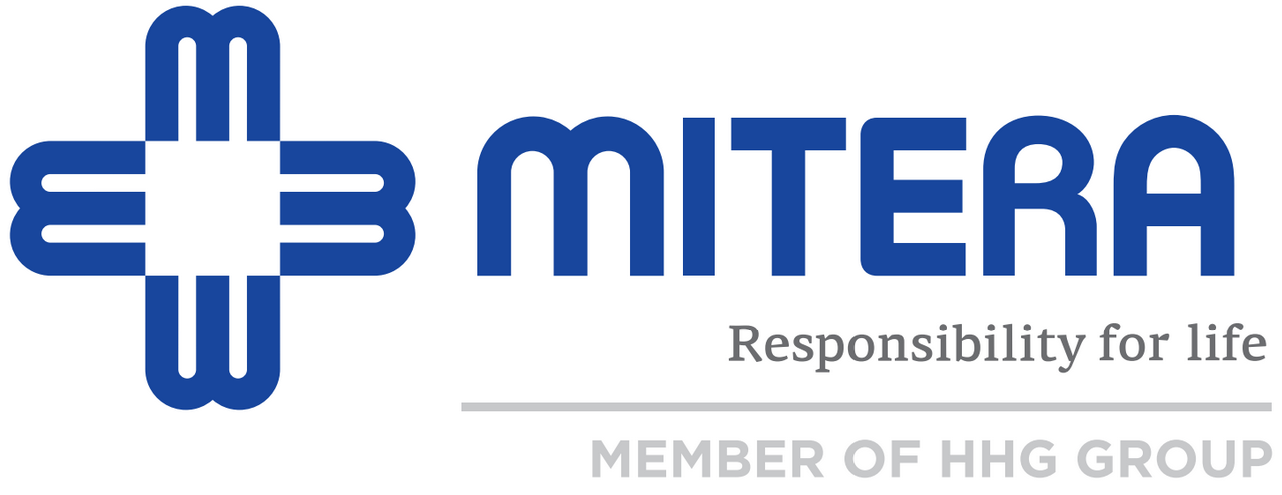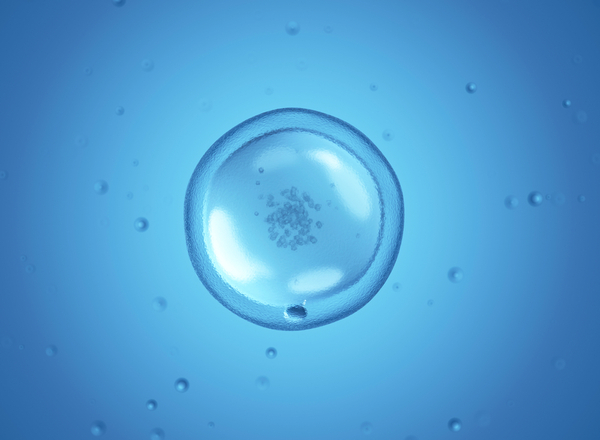What Is the Modified Natural Cycle (Collect & Freeze)
By Harry Hiniadis
Obstetrician/Gynecologist specialist in IVF, Scientific Associate of IVF MITERA
Modern social and economic conditions have led women into delaying having children until they have a successful career or get the job of their dreams and become financially independent. This results in an increasing number of women wanting to have a child after the age of 40.
Unfortunately, a woman’s ovarian capacity diminishes over time, as does her ability to produce many quality eggs which can easily be used in IVF. Therefore, when performing IVF on women over 40-41, or even younger women with a poor response to the administered drugs, the situation is quite difficult. This means that the result is the same either we administer large quantities of drugs or very small: we end up with very few eggs (less than 7) and 1-2 embryos, which is the definition of poor ovarian response. This is why these women are known as poor responders.
A solution to this is the modified natural cycle, where a small quantity of drugs (gonadotropins) is administered. This ensures that 1-2 eggs will be retrieved from the woman’s ovarian follicles, without the risk of having ruptured ovarian follicles or follicles without eggs, as is the case with natural cycles. This is a variation of the natural cycle.
So, during a treatment that involves repeated attempts, eggs in the blastocyst stage are fertilized each time with the partner’s sperm and the embryos created are frozen. When 3-4 quality embryos have been collected, they are thawed and all embryos are transferred in one embryo transfer. The results of this method may reach 25% per embryo transfer, which is an excellent rate, especially for women with limited egg production or at an advanced reproductive age.
However, note that quite a few cycles (1-3) are usually needed to eventually collect 3 quality embryos. The financial cost, though, is smaller, as the cost is the same as that of the natural cycle, while only one embryo transfer takes place. Meanwhile, the emotional cost is significantly lower, as the couple is not tormented with successive negative results after transferring one embryo each time. The aim is to achieve optimal stimulation per created embryo. This is what we are all fighting for and medicine always strives to achieve the best possible results.
The modified natural cycle uses lower medication doses to achieve the transfer of 4 embryos. This technique is more successful than the natural cycle and has multiple benefits.
Upon concluding, modified natural cycle IVF is low-risk and patient-friendly, and must mainly be performed in selected case of poor responders, i.e. women at an advanced reproductive age or at the verge of early menopause, who usually have no other alternatives.



